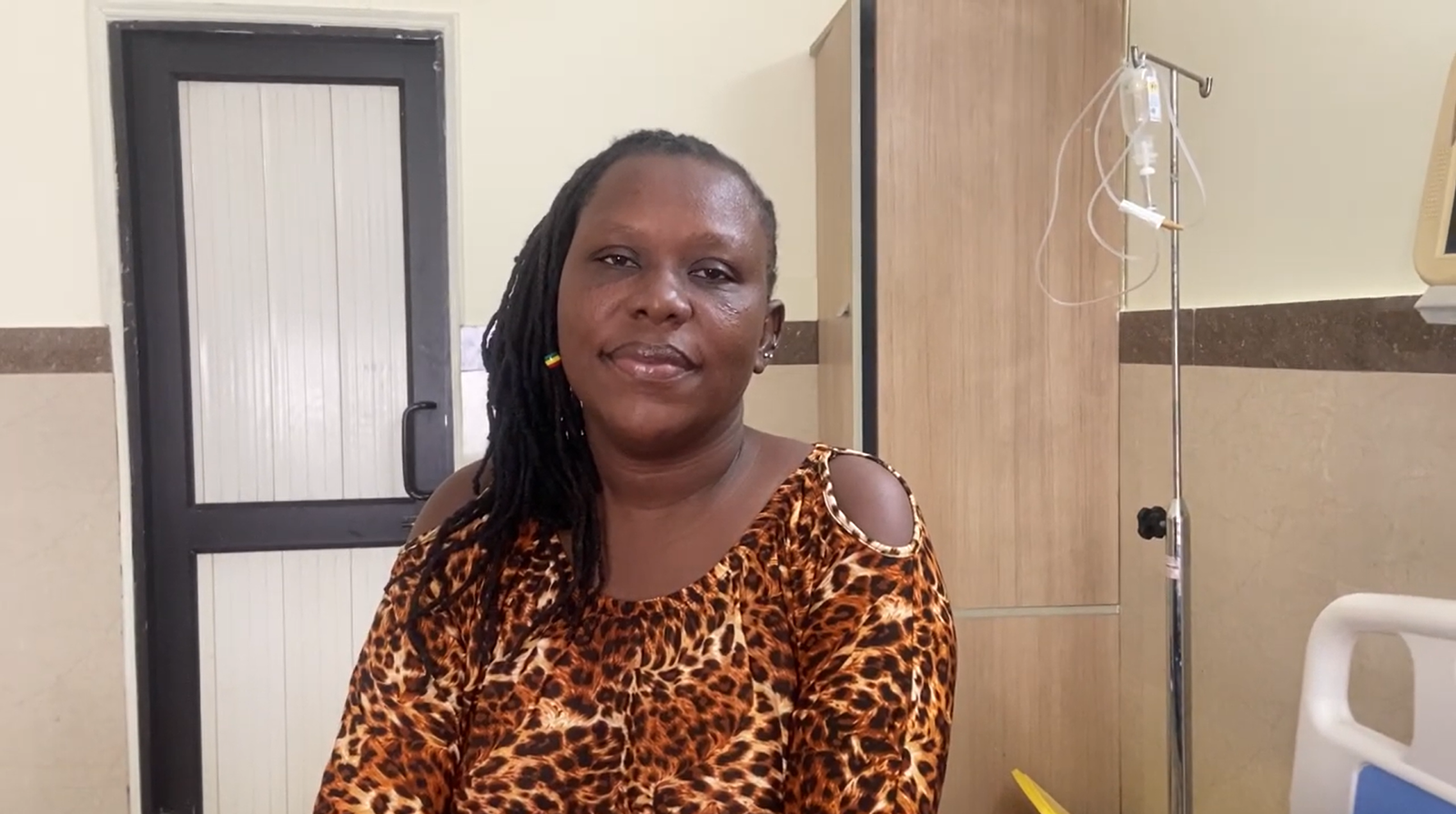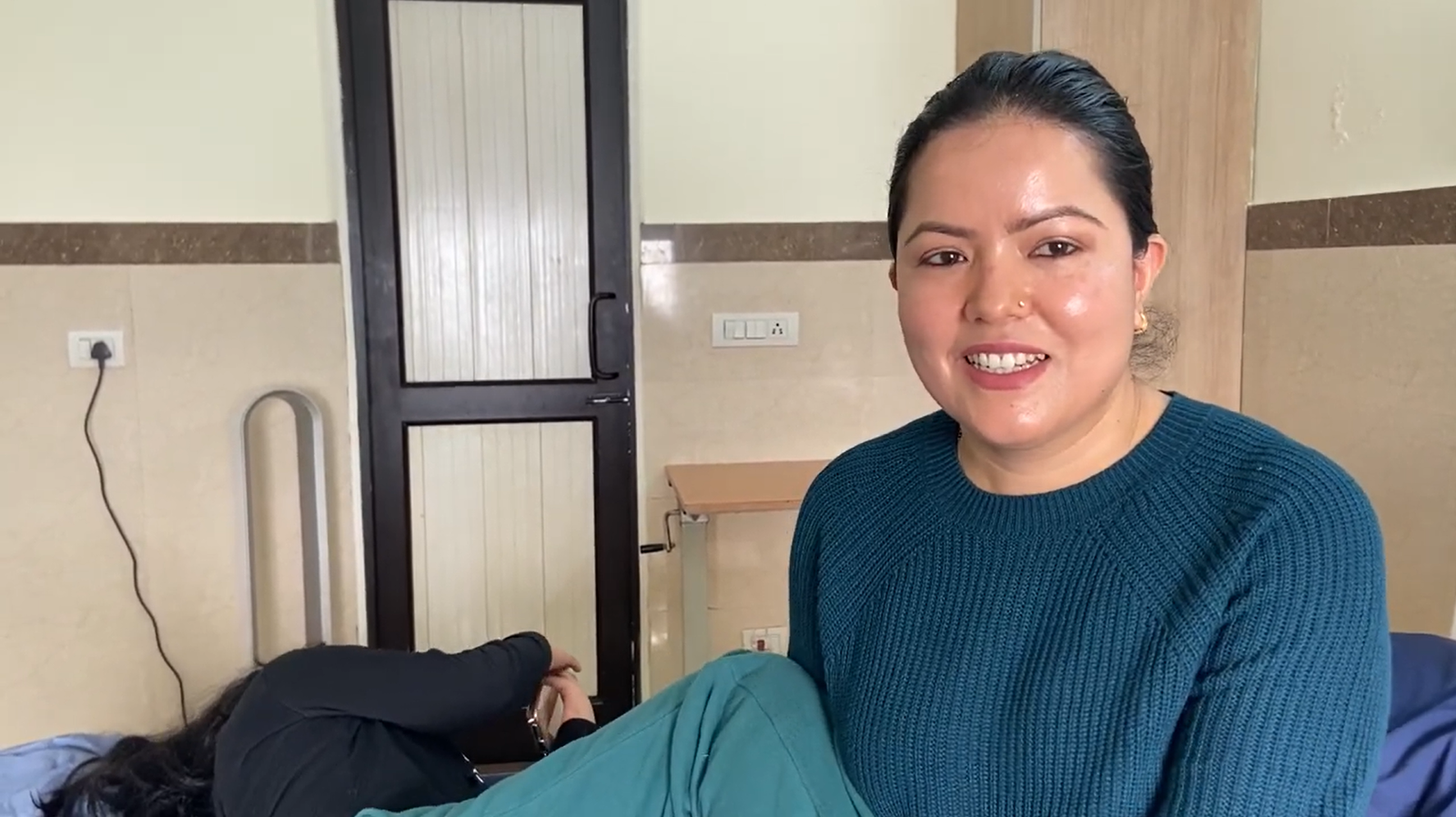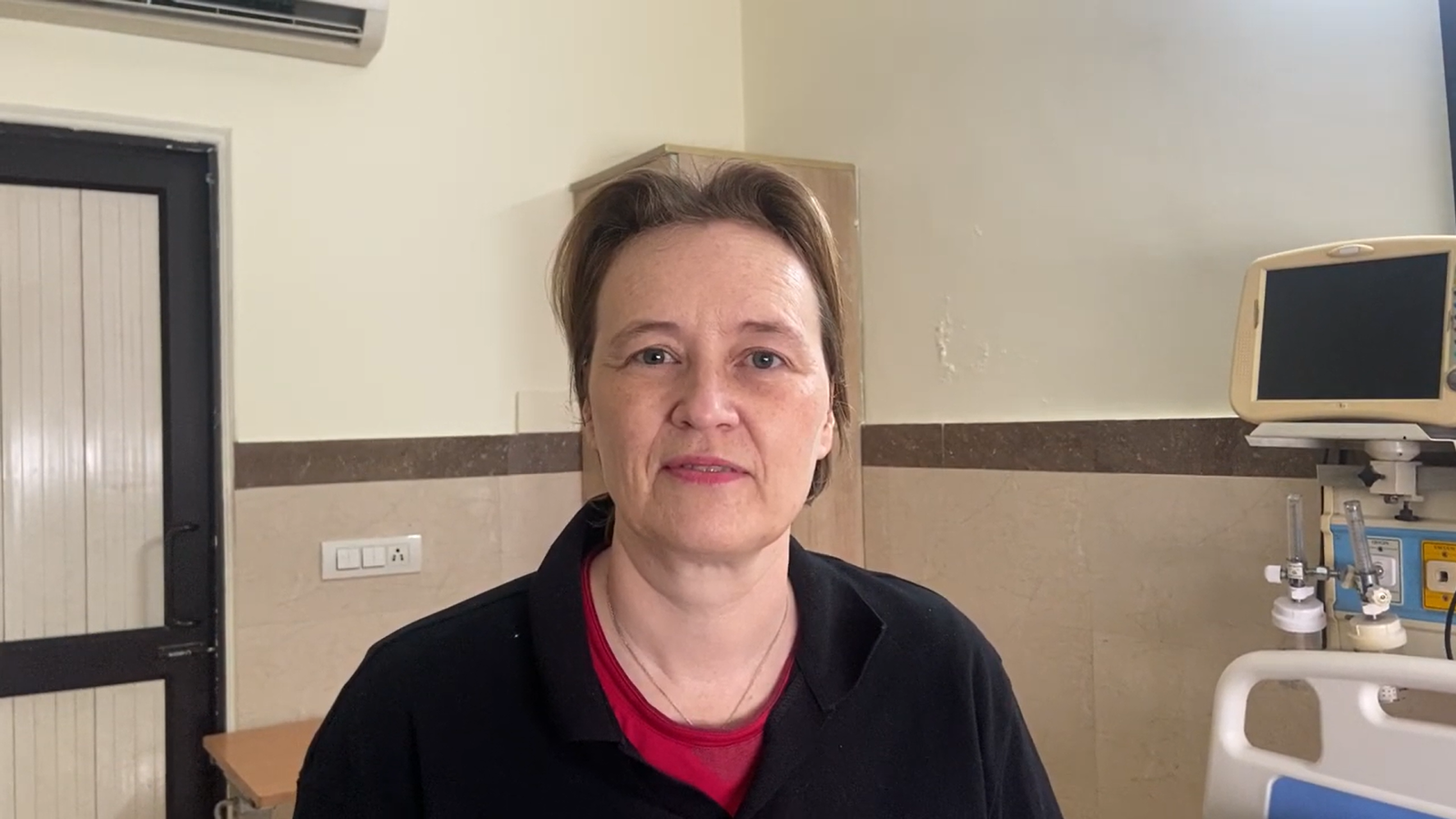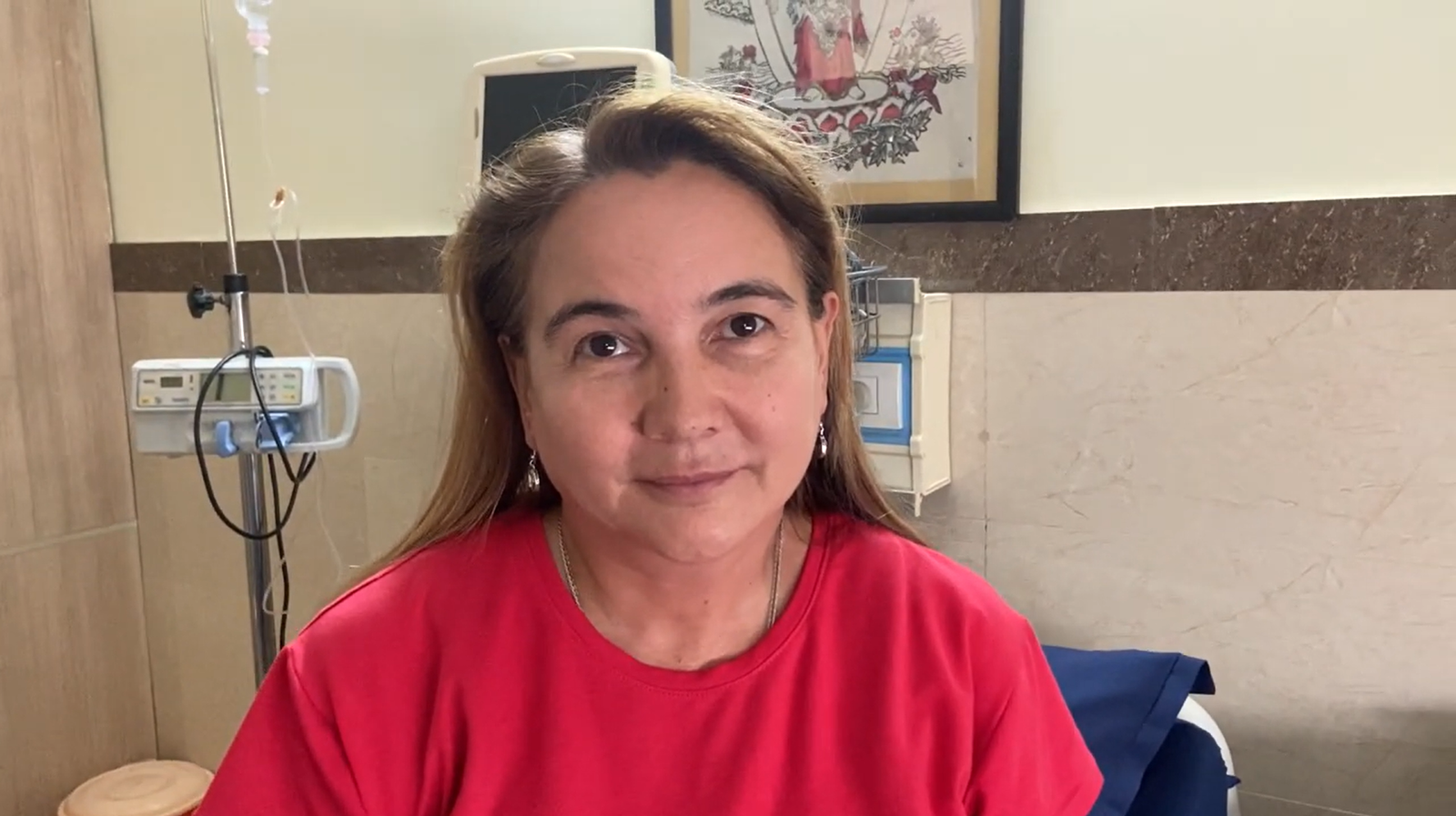Exosome Therapy for Glaucoma Disease

Imagine waking up one morning and finding that your vision is blurry or distorted which makes it difficult to see objects not very clearly. Maybe it is glaucoma that hurts your optic nerve, which is a bunch of nerve tissue that carries visual information from your eye to your brain, usually because of increased pressure inside the eyeball. It can then lead to blindness if not treated.
New treatments are offering hope. But another promising method is exosome treatment that uses tiny particles from stem cells. It repairs and protects damaged tissues in the eye. So, patients can expect a cell therapy developed enough to slow down or even reverse the glaucoma effect.
What is Glaucoma and Its Symptoms?
Glaucoma is a group of eye conditions that damage the optic nerve and also very important in having good vision. It results from abnormally high pressure within the eye and damage it. It results in blindness and one of the major causes of blindness worldwide if it is left until early stages. Both eyes are involved in glaucoma, but they can differ regarding seriousness levels. There are risk factors for developing glaucoma such as people who have family history of the disorder, people aged more than 60 years, and people with diabetes mellitus. Early detection and treatment can slow or even prevent vision loss. Some major symptoms of glaucoma are the following:
- Blurred vision: Objects may be out of focus, especially when peripheral (side) vision occurs.
- Light surrounding lights: Bright lights might appear to have rings or circles surrounding them.
- Eye pain at the back of your eye: Some kind of glaucoma can be painful behind the eyes, or at the back of the head.
- Redness of the eye: The eyes can become red, or possibly appear inflamed.
- Nausea or vomiting: If the pressure inside your eye becomes too high, you may start to feel nauseous and begin to vomit.
- Loss of peripheral vision: You will find yourself out of view of things on your side.
- Tunnel vision: Your tunnel vision would develop at a very advanced stage. And in its final stages, only the center of vision would remain.
- Sudden vision loss: Vision loss may be sudden in some types of glaucomas.
It must be mentioned that the symptoms of glaucoma are usually so mild or even absent at the start of the disease. If the condition progresses unchecked, then it may lead to permanent damage in the vision. The mode of treatment takes the form of eye drops and medication. Surgery is performed a few times when intraocular pressure becomes too high for the patient’s optic nerve to handle further damage.
Causes of Glaucoma
Glaucoma is the principal cause of blindness for many aged persons. This disease progresses slowly with mostly no symptoms at all in its early stages. That’s why it is confusing to identify the disease until permanent blindness has been ascertained. Immediate medication can prove to be very important in preventing permanent damage from the disease. Knowledge of risk factors linked to glaucoma helps promote an early diagnosis and prevention.
- Increased Intraocular Pressure: This is the commonest risk factor that causes a disease known as glaucoma. Intraocular pressure refers to the fluid formed inside the eye that collects and rises and forces the optic nerve to be under stress since this fluid is known as aqueous humor which does not drain appropriately.
- Age: Glaucoma is much more common for people who have crossed 60 years of age. We all know the system may not work in an optimum way with increasing years. Because the efficiency of the drainage system decreases, this leads to an increased pressure in the eyes.
- Genetics: The risk is increased with a family history, and it is the most important factor in judging susceptibility to any type of glaucoma, especially open-angle type.
- Eye Injuries: Mechanical injury or trauma of the eye increases the risk for developing glaucoma years after the damage has been done. Such damage alters the way fluid drains from the eye.
- Thin Corneas: Any person whose corneas are thinner than the norm is much more likely than anybody else to develop glaucoma. At times, the thin cornea is difficult to measure inside, and that will make it harder to spot early signs.
- Steroids: Chronic systemic and topical corticosteroids, especially in the form of eye drops, raises intraocular pressure and lead to glaucoma.
Treat Your Glaucoma Condition with Exosome Therapy
Exosome therapy is a new treatment researched for Glaucoma, which impairs the optic nerve, a condition often regarded to lead to vision loss. The exosomes are tiny particles that derive from stem cells that carries healing signals to the damaged tissues in the body. They help to regulate inflammation healing and protect cells from further damage. Researchers are more optimistic about the fact that exosome therapy may protect the optic nerve and contribute to eye health improvement among patients diagnosed with Glaucoma.
However, the study on exosome therapy in Glaucoma is still at its initial levels. There have been some studies and experiments in animals that come out with good results, although extensive research needs to be conducted for complete clarity among the human population. So far, it is not easy to provide any specific success rate for exosome therapy in Glaucoma treatment due to the continuation of clinical trials.
This may become an extremely common therapy for patients suffering from Glaucoma within the next several years. Scientists are hopeful at the early results but feel it could be quite a while before they begin using such a method as a regular treatment for Glaucoma. The more studies performed, the better scientists will understand its effect rate and if it is safe enough to use in helping people with Glaucoma.




















